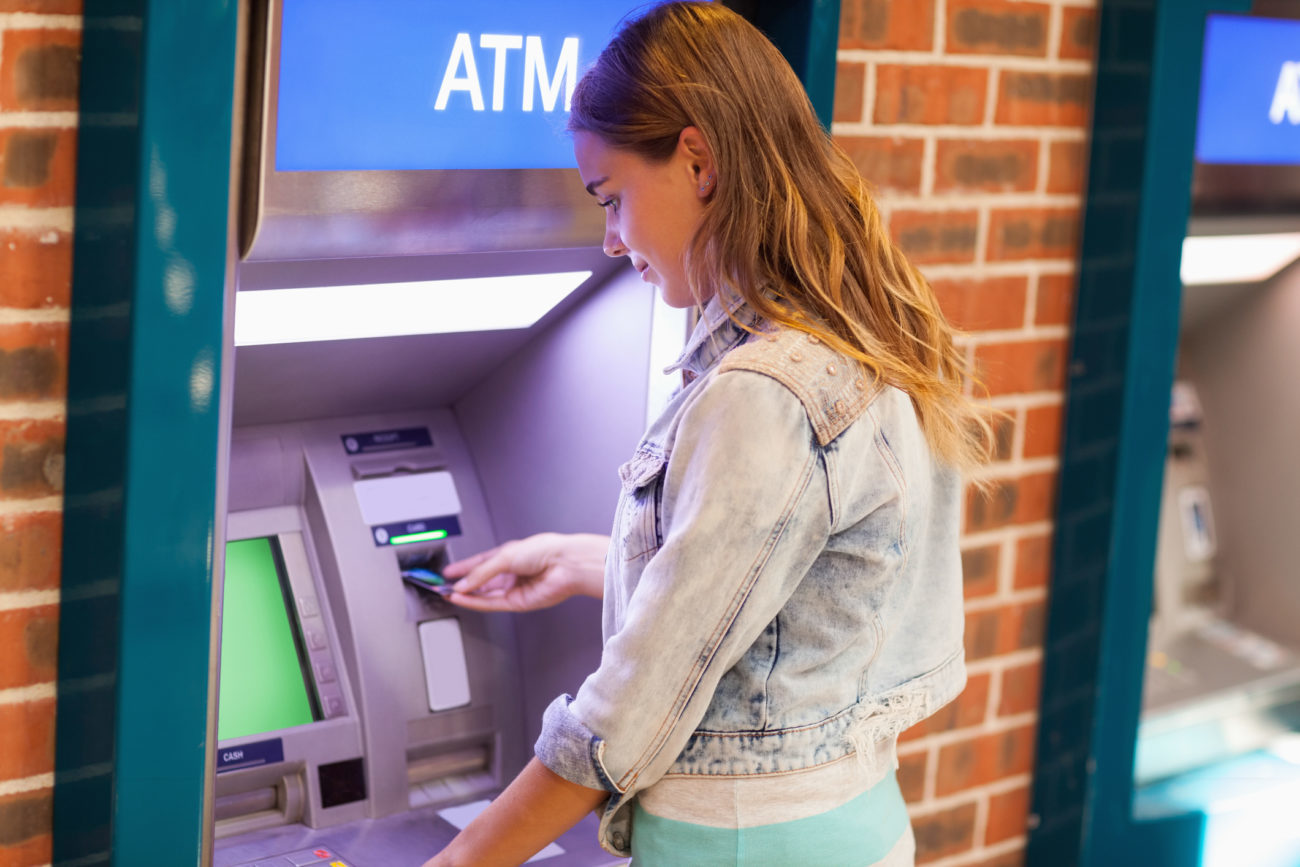Emergency Savings: How Much Should You Save?

If surprise bills and expenses automatically send your finances into a tailspin, it may be time to build up an emergency fund. Emergency savings can be a lifesaver if your car breaks down and you face a pricey repair bill — or if you are stuck trying to cover an emergency medical bill or pay for a new roof.
An emergency fund can also come in handy if you lose your job or face a loss in income. You can use it to cover your living expenses while you figure out what to do next.
Planning the ideal emergency fund
But how much cash do you need for emergencies? At the end of the day, that really depends on your income, your expenses, and your lifestyle.
Since there is no right or wrong amount to keep in your emergency fund, analyze your financial situation to come up with an ideal amount. Most experts suggest setting aside an amount equal to two-to-six months of your expenses for emergencies.
How do you know if it should be two months or six months? It depends on the reliability of your income. If you have a long-held, salaried position in a healthy industry, two months of expenses might be sufficient. But if you are self-employed, on commission or heavily dependent on bonuses, a six month cushion is more appropriate. Ditto if you work in an unstable industry prone to layoffs.
Real life example
Using this benchmark, a family whose fixed monthly expenses equal $3,000 would need emergency savings of $6,000 to $18,000. Families who spend more than that each month would need to set aside a higher amount.
You may also want to tweak this figure depending on your lifestyle. If you’re a renter, for example, you may not need as much cash for emergencies because you’ll never have to deal with home repairs. Of course, the same may be true if you live in a condominium and pay HOA dues for maintenance and repairs. Or if you have a home warranty.
If you don’t drive a car because you live in an urban center, you may also need less set aside since you’ll never face a car repair bill.
Tips to start saving today
While saving up several months of expenses may seem overwhelming, keep in mind that it’s okay to start small. Anything is better than nothing, and eventually your emergency savings will build into a safe cushion.
If your goal is creating an emergency fund that will truly save you from financial disaster, you’ll want to set aside as much as you can. Here are some savings tips that can help:
- Open a high yield savings account. The average savings account only gives you .10% APY (annual percentage yield), according to the FDIC. However, many online savings accounts let you earn 2.0% APY or more if you can meet their basis deposit requirements. With a high yield savings account, you can make your money work for you.
- Make your savings automatic. If you’re afraid of getting off track and forgetting to save money each month, it can help to set up automatic transfers to your savings account each month on a specific date. You can set these transfers up for payday, the 1st of the month, or any other time you want.
- Save windfalls. Any time you get a windfall, make sure to stash it in your emergency savings right away. Windfalls can include sudden surges of money such as a tax refund or a year-end bonus from work.
- Cut your expenses. If you’re struggling to find any money to save each month, it may be time to take a close look at your budget and spending to find areas to cut. You may need to reduce your food spending, for example, or find ways to spend less on entertainment, utilities, or transportation.
Everyone needs emergency savings
It’s easy to think you don’t need any emergency savings, but you may regret not having extra cash if you face a surprise bill or you lose your job. Like it or not, having an emergency fund is the best way to prevent running out of money or losing your home.
If you’re stressing out over not having emergency savings, start saving now. And investigate backstop borrowing, which means setting up a personal line of credit or personal loan that you can tap into in an emergency. Until you have enough saved, this can function as your emergency fund. Just make sure you establish it now, before you need it. Because everyone knows it’s easier to borrow when you don’t need the money.










